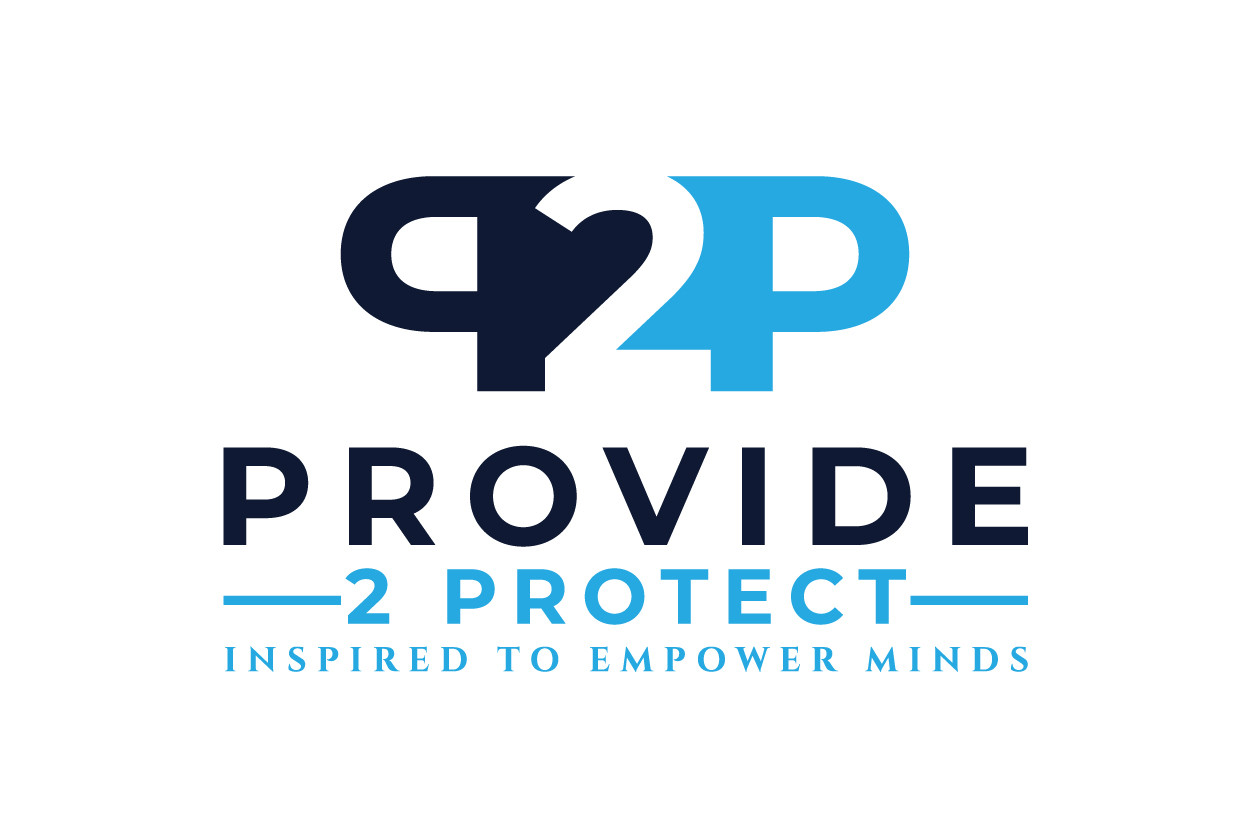
Learning Objectives:
Upon completing this course, you should be able to:
-
To provide health care professional providers with prevention and intervention of methods to implement, research and store within their place of business and practices.
-
To start a plan of action to avoid overpayments, overutilization, underutilization, litigations; civil and criminal actions against you. However, you will learn from this book that no protection is 100%, but having the knowledge is of true value.
-
Prevention Methods is a follow-up from the Provide-2-Protect Book that should receive during or before taking this course.
-
To equip providers with a basic understanding of fraud and abuse laws at the local, state, and federal levels, allowing them to comply with them more easily alongside other priorities.
-
The information is conducted on a step-by-step basis but is not intended for legal guidance but to utilize for legal research, procedural and regulatory responsibilities on a consistent basis.
-
To push providers to avoid healthcare unintentional fraud and abuse activities by keeping a check on activities, such as monitoring a billing clerk who overcharges a customer by assuming the provider performed specific services and other unintentional fraudulent activities.
-
To help healthcare providers implement a compliance program for better monitoring
-
To improve billing and other operational processes involved in the business
-
To help medical providers develop and distribute written conduct policies and standards promoting their commitment to compliance
-
To enlighten providers on the importance of implementing continuous education and training programs for staff
-
To motivate providers to address areas of potential fraud, such as financial relationships and claim management
-
To emphasize the importance of maintaining a process to receive healthcare complaints and fraud reports, such as emails or hotlines.
When you finish the course, you will be able to:
-
Understand your state and federal laws that govern your place of business, your financial stakeholders, and your consumers.
-
Place in policies and procedures pertaining to your Medicaid/Medicare and private insurances of your practice accreditations, HR documents, and consumer handbooks.
-
Learn and practice administrative and appeals procedures within your place of business
-
Implement Quality Assurance for auditing purposes
-
Due process procedures for healthcare providers
-
Implement Fraud, Waste and Abuse Management and Training in the workplace
-
Implement business meetings and staff meetings of billing procedures in the office
-
Develop and distribute written conduct standards and policies to promote commitment to compliance
-
Establish a system through which complainants can register their fraud or abuse complaints
-
Implement disciplinary actions against staff members violating compliance laws and policies
-
Investigate and remediate systemic and operational problems for better governance



